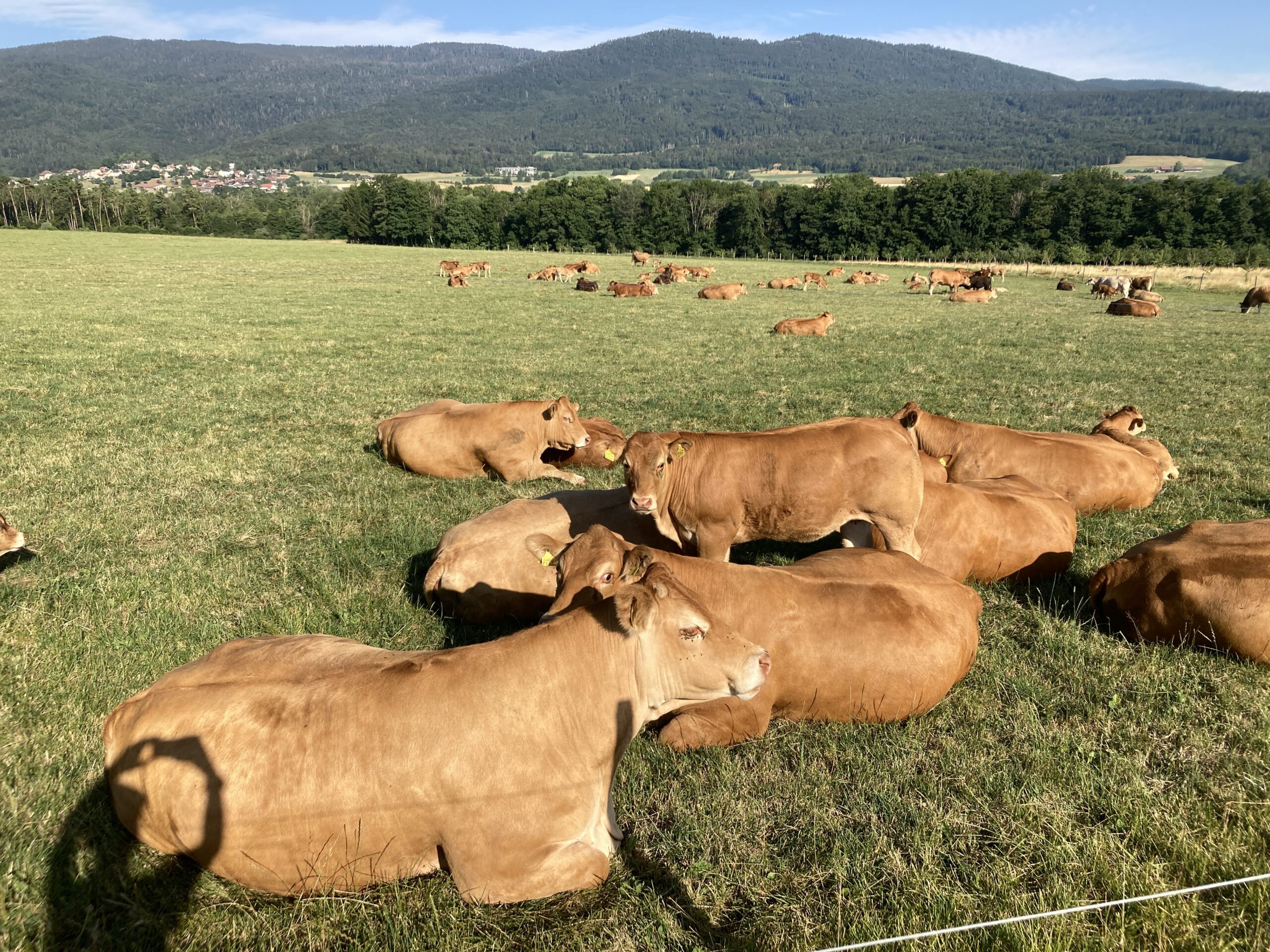Tag: documentary
-
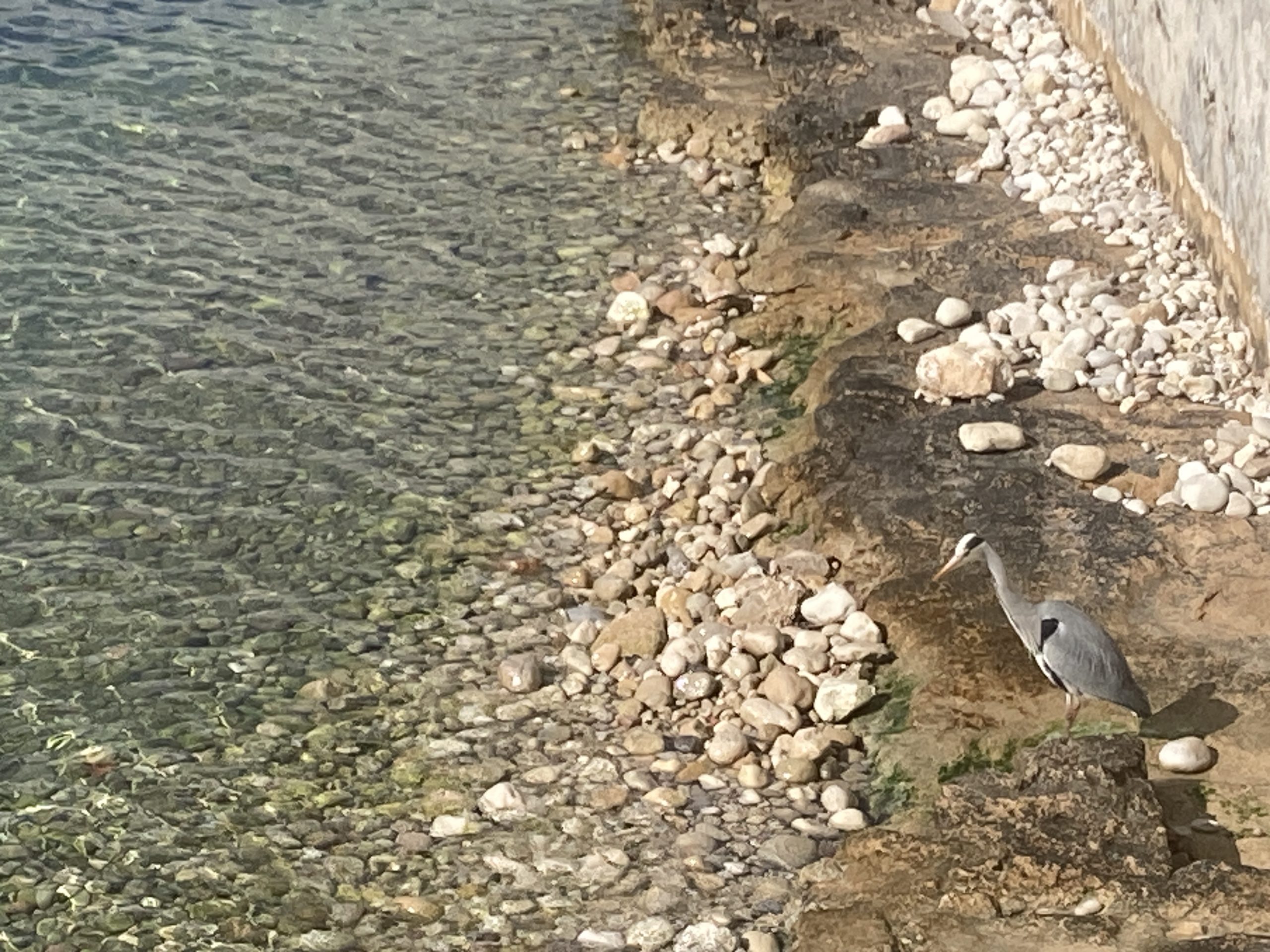
Vision du Reel – I lost view of the Landscape
Reading Time: 2 minutesI watched J’ai perdu de vue le paysage at Vision Du Réel last week and I don’t know whether I like or dislike this documentary, ironically for the very topic that it is exploring. The idea of the eternal return, repeated over, and over. The premise of the documentary was simple. "I…
-
Vision Du Réel – The Mountains Won’t Move
Reading Time: 2 minutesVision Du Réel is a documentary film festival that takes place every year, or almost. It is an opportunity to watch documentary films on a screen bigger than a laptop or television. Many films are screened with the director/producer but they are also screened a second time. Yesterday I went to watch…
-
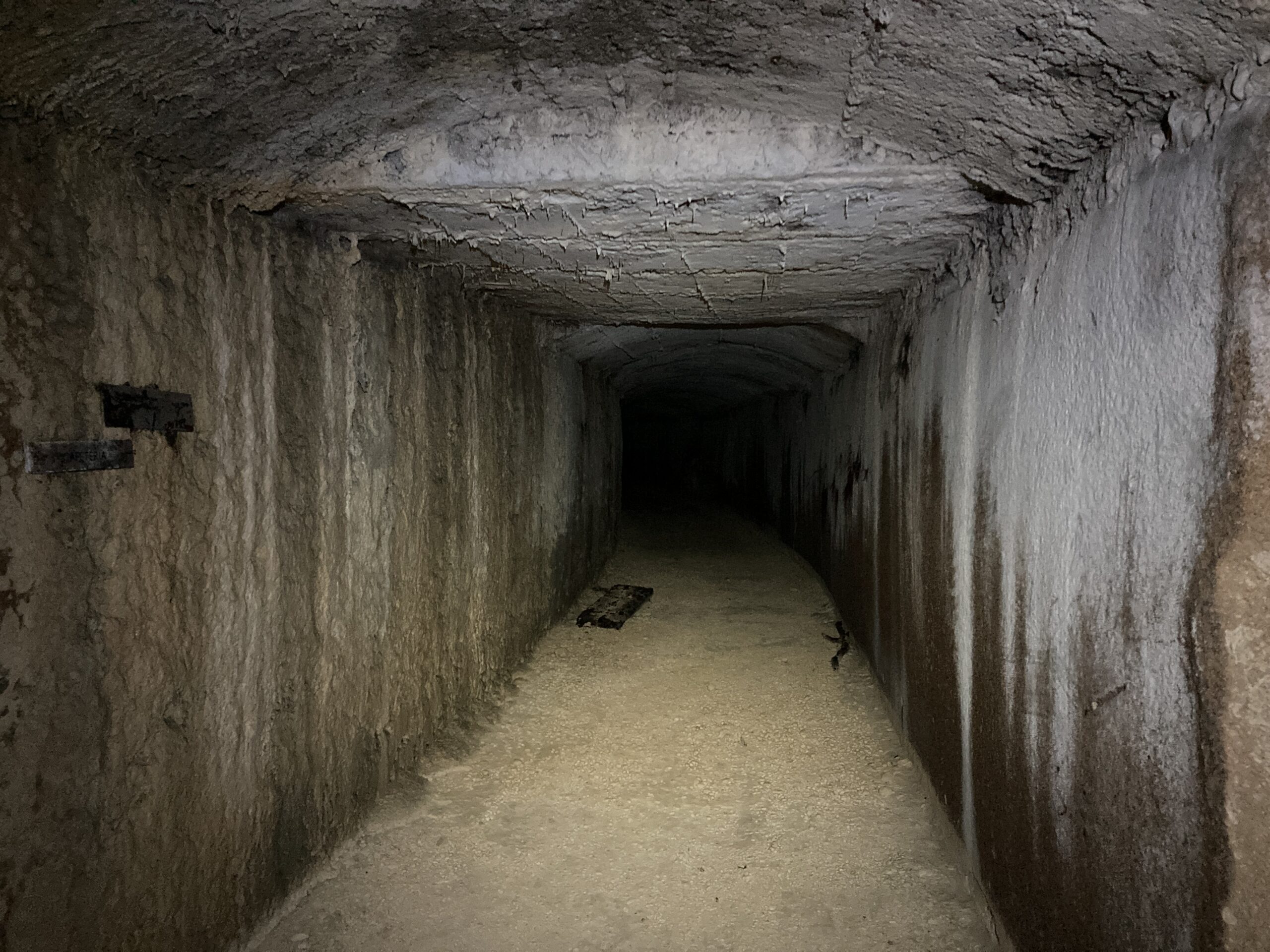
The Apple TV Vietnam War Documentary Series
Reading Time: < 1 minuteLast night I watched the first episode of a documentary series on the Vietnam war, made by Apple TV. It’s eighteen hours of documentaries covering different aspects of the conflict. In the first episode they speak about boots on the ground and tunnel rats. Through the exploration of this topic we…
-
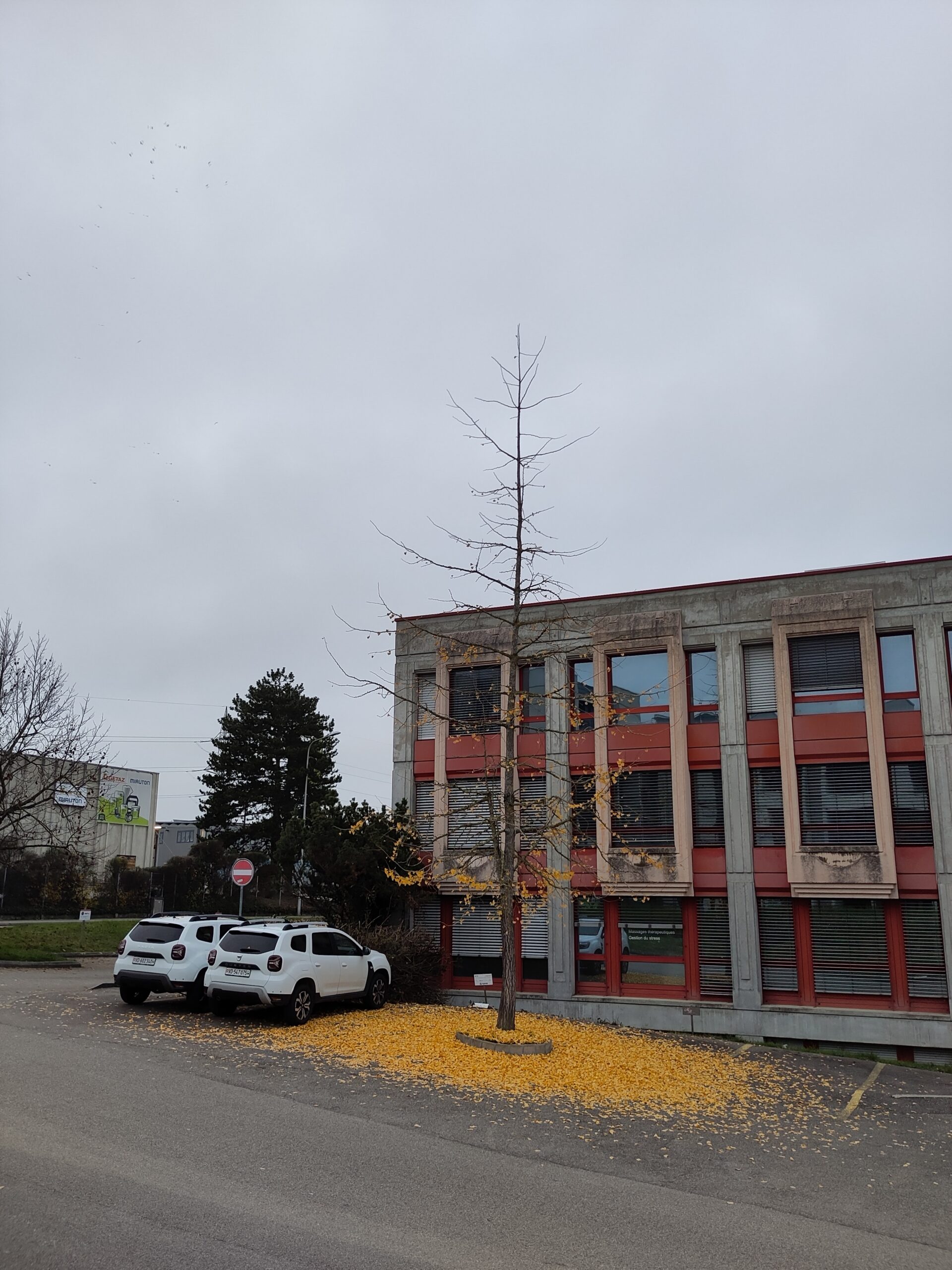
An Arte Documentary Series about Cars
Reading Time: 2 minutesLast night I watched two episodes in a documentary series about a brief history of cars. In the first documentary we see a discussion about the history of cars from the 19th century to modern day with the use of archive footage. In the second we see how the car helped with…
-
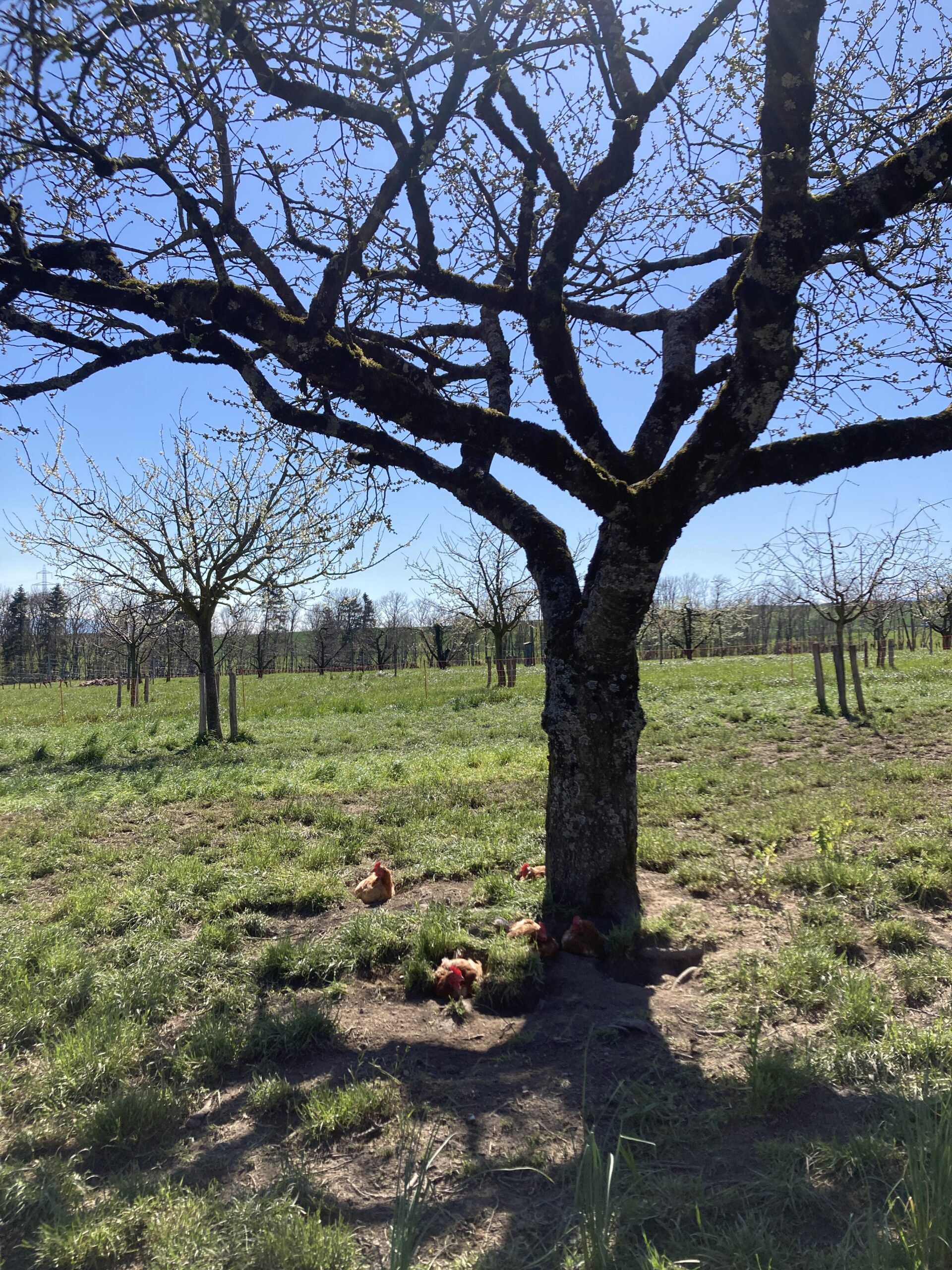
Nanook Of The North
Reading Time: 3 minutesTwo days ago I watched Nanook of the North, a documentary about an Inuit man and his family. This isn’t a documentary in the conventional sense. This documentary dates back to 1922 when the Documentary film was a brand new genre. This is one of the first documentaries, if not the first.…
-
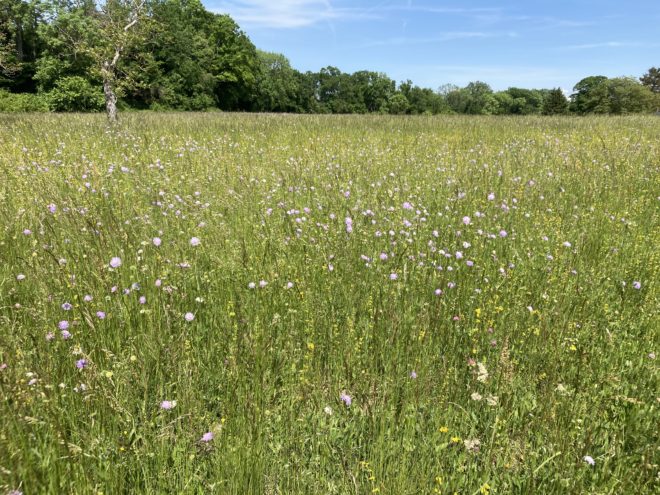
The Horror of Herculaneum
Reading Time: < 1 minuteYears ago I walked around Herculaneum and was impressed by how well preserved it was. I could see wood, plaster and more. You could see how the rooms looked. It is much smaller than Pompei but it is still worth visiting
-
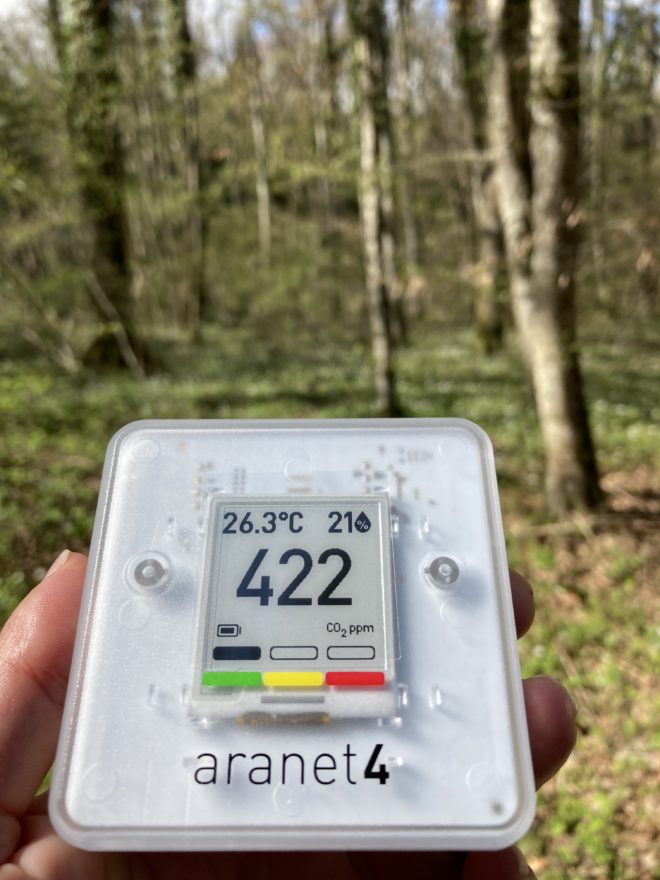
Documentaries about JavaScript Frameworks
Reading Time: 2 minutesWithin the last week Honeypot Originals have released a number of documentaries. Each episode covers a different JavaScript Framework. So far that have Vue.js, Ember.js, Elixir and GraphQL. Each of these documentaries is about half an hour long and interviews some of the key players. What is nice about these documentaries is…
-
Spoonley Wood Roman Villa and Mosaic
Reading Time: < 1 minuteRoman remains may be found and excavated but sometimes nature reclaims them. These ruins were discovered in 1882 but nature returned and hid them safely away again. Such tweets should inspire archeological departments, and film and TV or BA Media Studies to document the process of re-excavating these ruins, with photogrammetry…
-
One And A Half Years of Pandemic fatigue
Reading Time: 3 minutesFor the first one hundred days of the pandemic it felt long but we had a hope, and the impression that respective governments were working to eradicate the pandemic so that we could resume normal life. Eventually though people against lockdowns, and against other measures began to be heard and so societies…
